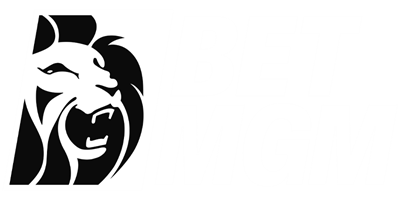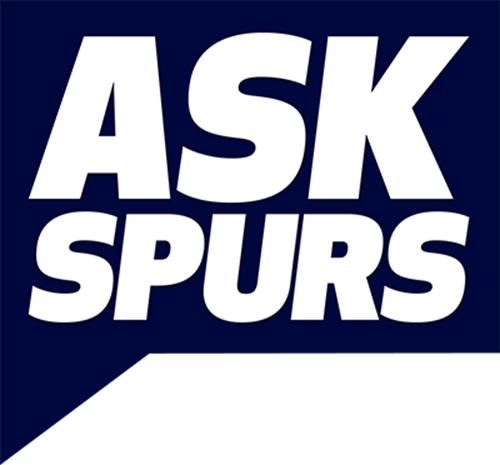Tottenham Hotspur (Spurs) Football Club is located in North London. The club is also known as Spurs. Tottenham's home ground is White Hart Lane. The club motto is Audere est Facere (To dare is to do).
Our Club Shield is believed to date from 1956, in advance of the club’s 75th anniversary the following year. Former player and manager Arthur Rowe, Tottenham born and bred, is said to have been involved in its design.
It was made to depict the environment of Tottenham Hotspur Football Club. Bruce Castle, which is shown on the top left-hand side, is a 16th century building which currently houses the local history and archive collection of the London Borough of Haringey. On the right are the seven trees planted at Page Green by the seven sisters of Tottenham, thus is the district known as Seven Sisters.
The cockerel and ball first appeared in 1909 when a former player, one William James Scott, cast a copper centrepiece to perch on the new West Stand.
The two lions rampant are taken from the crest of the Northumberland family who feature heavily in the history of the local area. They lived at the Black House - later renamed Percy House - situated on the High Road opposite White Hart Lane.
It is probable that the Northumberland family hold the key to our being called Hotspur. Henry Percy, the 1st Earl of Northumberland, had a son Sir Henry Percy, whose deeds on the battlefields earned him the nickname 'Harry Hotspur'. According to the history books he was slain at Shrewsbury in 1403.
The schoolboys who first created Hotspur Cricket Club in 1880, from which the football club came two years later, no doubt looked upon this character as their hero and named the club after him.
In 1884, following two years of confusion between ourselves and another Hotspur FC based elsewhere in London, the name Tottenham Hotspur Football Club was adopted.
Our motto, 'Audere est Facere' is a latin inscription, the literal translation meaning 'to dare is to do'. In other words, unless you try you will never achieve.
The badge depicting the two lions plus cockerel and ball was introduced in 1983 and updated in 1992. The motif returned to the playing strip in 1999 after two years of the full crest appearing on the club kit.
Having remained constant since its inception, the colours of the shield were amended in 1995 to ensure consistency with a darker blue background to match the badge. The castle and ball switched from yellow to brown and the trees were given greater definition with the club initials now black on a white backdrop as opposed to light blue.

